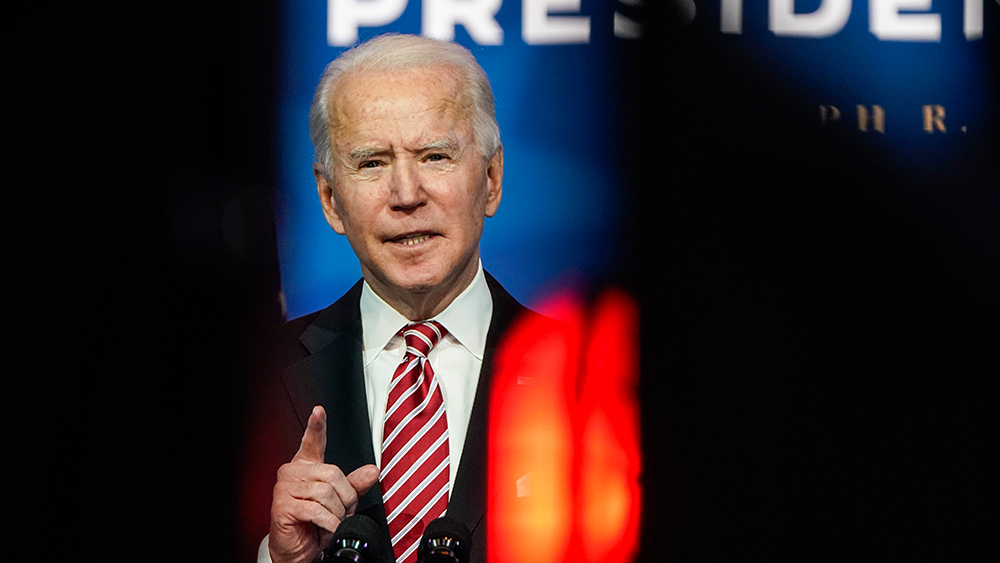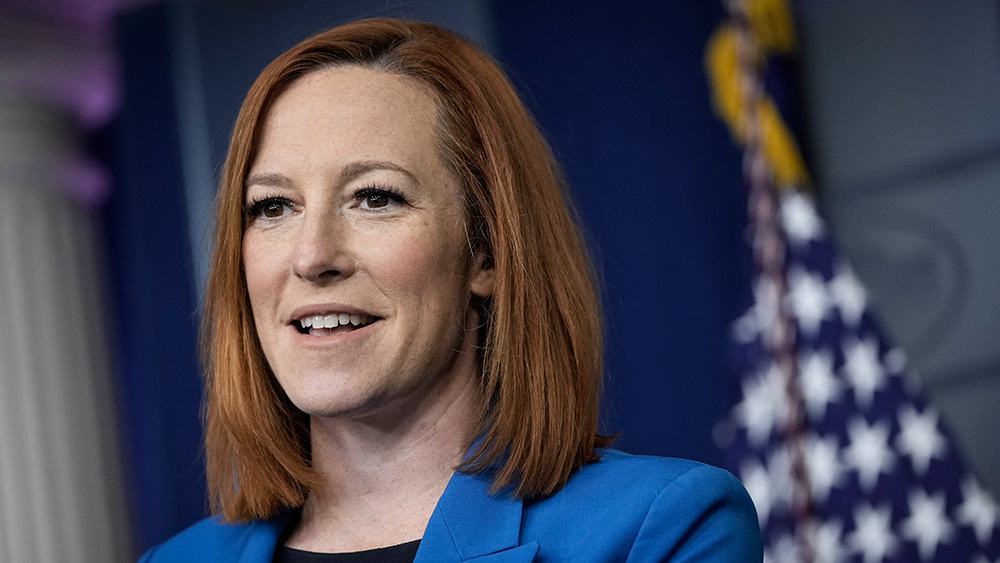American household debt reaches record high of $15 trillion
11/11/2021 / By Arsenio Toledo

Household debt in the United States has hit a record high, passing $15 trillion for the first time in history.
According to a report published on Tuesday, Nov. 9, by the Federal Reserve, total household debt for the third quarter of 2021 increased by a whopping $286 billion to a new total of $15.24 trillion. This represents a growth of 6.2 percent from the same period a year ago.
Around 70 percent of this debt is in mortgages. According to the Fed’s report, mortgages rose by 2.2 percent in the third quarter – reflecting the surge in home prices – to account for nearly $10.7 trillion of all household debt. (Related: Americans are taking on more debt than they can handle, most of it going to mortgages.)
Just two percent of the new mortgages went to subprime borrowers. According to the Fed’s report, more than two-thirds of new housing debt comes from people with credit scores above 760. The report claims credit scores for mortgage originations “remain very high” despite a slight decline from the average in the early months of the pandemic.
This trend comes as median housing prices surged by nearly 20 percent for the quarter to an average of around $404,700.
Non-housing loans made up the remaining 30 percent of all household debt. Total non-housing-related debt increased by $61 billion, led by a $28 billion jump in auto loan balances. Newly originated auto loans totaled $199 billion, a slight decline from the last quarter’s report.
This is caused by the huge increases in the prices of both used and new vehicles largely due to supply chain issues. The price of new cars rose by 8.7 percent in September compared to a year ago, and the price of used cars and trucks climbed by 24.4 percent.
Student loan debt rose by $14 billion to $1.58 trillion, coinciding with the beginning of the academic borrowing year.
Credit card overspending could mean consumption habits will revert to pre-pandemic levels
Credit card debt increased by $17 billion to represent around $800 billion of all household debt for the quarter. This is a reversal in a trend that began in the early days of the pandemic when consumers started spending less and paying down revolving debt.
“As pandemic relief efforts wind down, we are beginning to see the reversal of some of the credit card balance trends seen during the pandemic, namely reduced consumption and the paying down of balances,” said Donghoon Lee, a research officer for the Federal Reserve Bank of New York. “At the same time, as pandemic restrictions are lifted and consumption normalizes, credit card usage and balances are resuming their pre-pandemic trends, although starting from lower levels.”
Fed officials pointed out that delinquency rates remain low and are on the decline, as Americans are now more wary of spending beyond their means. As of late September, just 2.7 percent of debt reached some stage of delinquency, a two percent decrease from pre-pandemic levels recorded in late 2019.
Among borrowers of student loans, just 5.3 percent were in serious delinquent or default status. Mortgages that transitioned to delinquency increased slightly to 0.41 percent, up from the record low during the second quarter.
While this is a good sign that American households may start becoming more responsible with their finances, there are still signs suggesting this is not the case and people might revert back to their pre-pandemic spending habits.
According to one survey conducted by CreditCards.com, consumers are starting to feel extra generous as the holidays approach, with 45 percent saying they are more willing to spend extra cash to make the holiday season feel a little more festive.
“We’ve seen this in recent consumer sentiment and spending data,” said Ted Rossman, senior industry analyst at CreditCards.com. “Even though people say they’re worried about things like inflation and supply chain disruptions, they continue to spend robustly.”
Rossman pointed out that while this sends a strong signal that the holidays will be profitable for retailers, it might mean the overall share of household debt taken up by credit card spending would further surge.
Learn more about household debt by reading the latest articles at DebtCollapse.com.
Sources include:
Tagged Under: Bubble, credit card debt, debt bomb, debt collapse, economic crash, economy, finance, financial crisis, government debt, household debt, mortgages, pandemic, risk, spending habits, student loans
RECENT NEWS & ARTICLES
COPYRIGHT © 2018 GOVERNMENTDEBT.NEWS
All content posted on this site is protected under Free Speech. GovernmentDebt.news is not responsible for content written by contributing authors. The information on this site is provided for educational and entertainment purposes only. It is not intended as a substitute for professional advice of any kind. GovernmentDebt.news assumes no responsibility for the use or misuse of this material. All trademarks, registered trademarks and service marks mentioned on this site are the property of their respective owners.



















